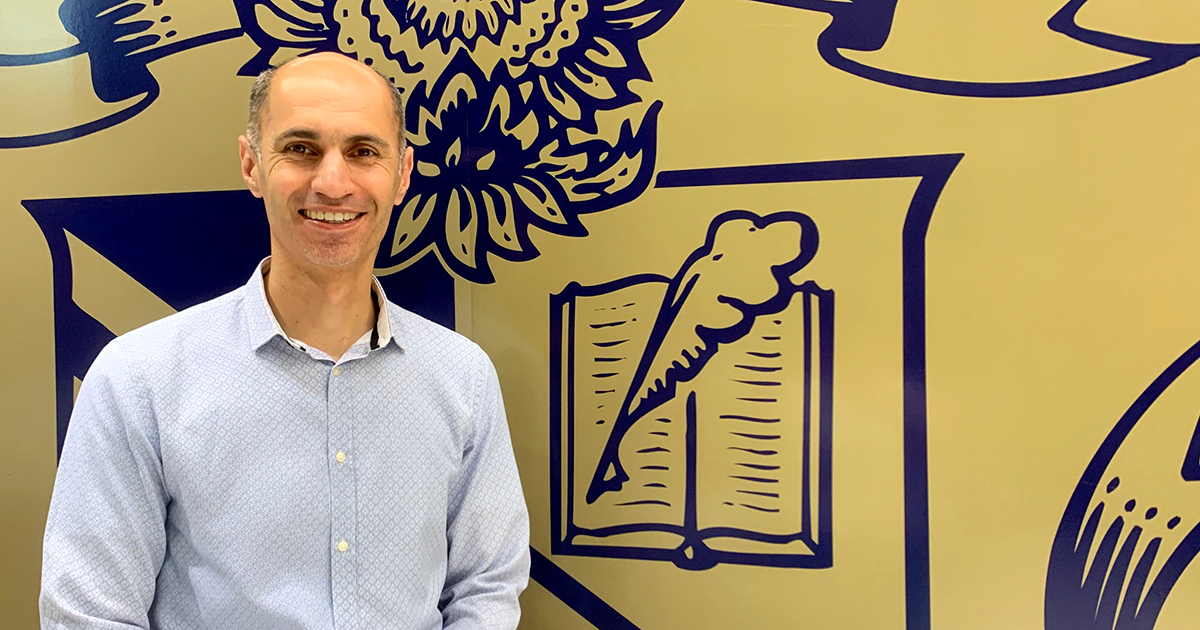Bioengineered tumor model may identify new treatment strategies in breast cancer

Dr. Hossein Tavana, professor and interim chair of the Department of Biomedical Engineering
Dr. Hossein Tavana, professor and interim chair of the Department of Biomedical Engineering, received $300,000 from the National Science Foundation (NSF) to study how breast cancer cells invade adjacent healthy tissue. Findings from this research will help understand specific mechanisms that promote metastasis and offer potential new treatment strategies.
In breast tumors, biochemical signals enable cancer cells to invade nearby healthy tissue. The cells that produce these signals are called fibroblasts, which make tumors stiffer and typically patients with stiffer breast tumors have poorer outcomes. Past research on these tumors has studied biochemical signaling and mechanical stiffness separately. As such, the combined effects of these two processes on cancer cell invasion remain unknown. The goal of the project is to understand how biochemical and mechanical inputs together lead to the spread of cancer cells to the healthy tissue.
Dr. Tavana’s research team will use state-of-the-art tissue engineering technology and imaging biosensors to develop a model of breast tumors and determine changes in the mechanics of the tumor model at a single cell level. Researchers will measure the force of the cancer cells on the engineered tissue.
“Using imaging biosensors, we will be able to see when cancer cells exert force on the healthy tissue during their invasion because they will light up. We will be able to image the cells and quantify the amount of the force,” says Tavana. “This will tell us how local stiffness of the tissue modulates the invasiveness of cancer cells.”
The team will also use single cell imaging to evaluate how the pathways to healthy tissues are opened up in the presence of mechanical cues. Think of it in terms of a toll booth’s green light signaling that a lane has become available, and the car (or cancer cell) whizzing on through. What is that signal that the triggered the opening of the lane? The team’s goal is to identify common signaling pathways in breast cancer cells that act as a hub for mechanical and biochemical cues from their local environment. Identifying the common pathways may lead to new treatment strategies.
This project builds upon Tavana’s 15-year collaboration with Dr. Gary Luker at University of Michigan, a clinician scientist who complements UA’s strength in biomaterials and tissue engineering of human tumors. His work on this collaborative project is also supported by $300,000 from NSF.
The funding will provide various training opportunities to students from high school to doctoral levels including a two-week long summer research experience for female African American students who attend Akron Public Schools. Many current biomedical engineering students at The University of Akron will also participate in the research.
RELATED CONTENT:
- Explore our biomedical engineering program
- Learn about Dr. Tavana’s research helping preterm babies breathe
- Read about the research that went into the 3D breast cancer tumor models
Media contact: Cristine Boyd, 330-972-6476 or cboyd@uakron.edu.
